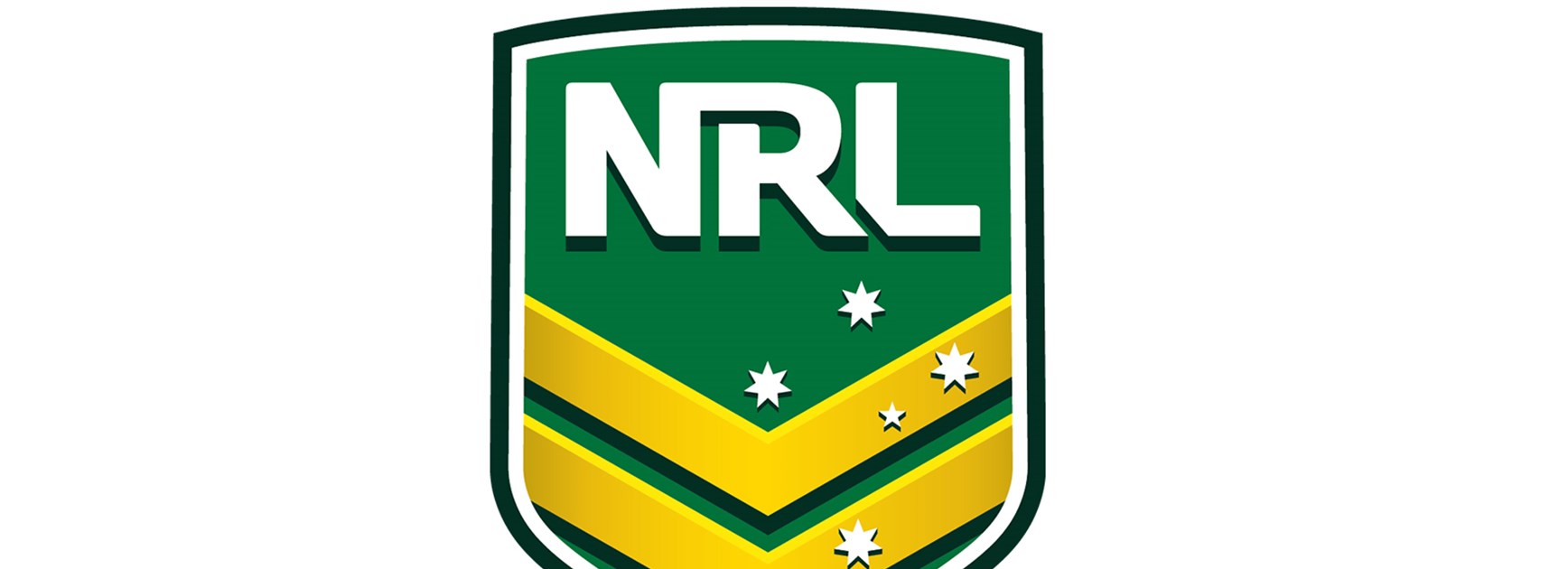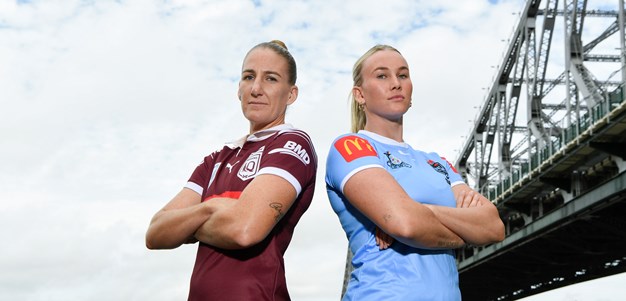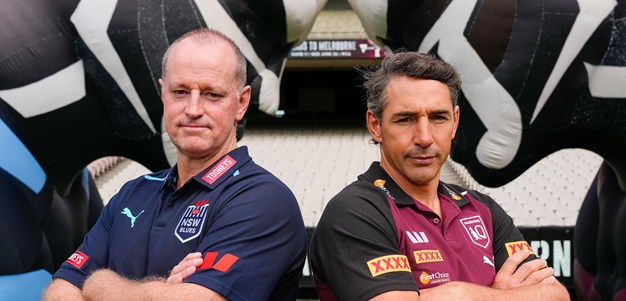
Missed game-time through injury decreased in 2016, while major injuries were also down compared to previous seasons.
The findings emerged from the annual NRL Injury Surveillance Report, which extensively catalogued injuries from all Clubs through the 2016 season.
While the report found that the number of players who sustained an injury which resulted in missed game time increased slightly from 2015 to 2016, total game time missed due to injury decreased from 2026 in 2015 to 1876 in 2016 (a 7.4 per cent reduction).
The report, compiled by Dr Donna O'Connor PhD on behalf of the NRL Research Board, found major injuries (five or more missed games) have decreased in recent seasons, accounting for 19.4 per cent of all injuries in 2016 (compared to 26 per cent in 2015 and 39.8 per cent in 2014).
The report also highlighted that the highest incidence of injury occurred after the bye (73.5 per 1000 playing hours), compared to five-day turnarounds (53.7 per 1000 hours), six-day turnarounds (52.1 per 1000 hours) and seven-day turnarounds (73.5 per 1000 hours).
Injuries in representative fixtures are also down; 14 injuries were sustained during representative games in 2016, resulting in 54 missed NRL games, compared to 15 injuries resulting in 68 missed NRL matches in 2015.
The report also noted that there was an increase in head injury assessments (from 210 in 2015 to 276 in 2016), largely due to the strengthened concussion guidelines. Sixty-six per cent of these cases were cleared to continue playing in 2016, compared to 54 per cent in 2015.
The 2016 Injury Surveillance Report, which has been distributed to all Clubs, is the culmination of months of work and collaboration to ensure the game has a deep understanding of injury rates across the NRL as well as the under 20s National Youth Competition.
"As a game we are always looking to improve medical standards in the NRL and also across the game and the Injury Surveillance Report allows us to do that," NRL Head of Football Brian Canavan said.
"The 2016 report coincides with some significant steps that the game has taken, which is reflected in some of the results.
"We have strengthened our concussion guidelines, as well as education and protocols, while we have introduced new compulsory cardiac screening for all NRL and NYC players.
"We have also introduced minimum standards for all medical rooms and are working closely with ESSA (Exercise and Sports Science Australia) to ensure all of our sports managers and sport scientists are adequately accredited."
Mr Canavan said the use of advanced technology allowed the sport to enhance medical initiatives.
Those initiatives include CSX, a system of sports specific concussion protocols enabling players to be appropriately managed, GamePlan, a video and information sharing tool which offer significant insights into on-field player welfare, as well as the Sideline Injury Surveillance tents (SIS).
In the two years since the introduction of SIS high definition has been added at every venue, whilst HawkEye software will be used at both Allianz Stadium and ANZ Stadium in 2017.
"Additionally, the game will take a major step forward in injury monitoring in 2017," Mr Canavan said.
"For the first time, the game will have a unified injury reporting program that enables fortnightly reporting for all clubs.
"Our clubs have been extremely collaborative in this process. As a game, accurate and regular reporting of injuries is integral to protecting our players."


